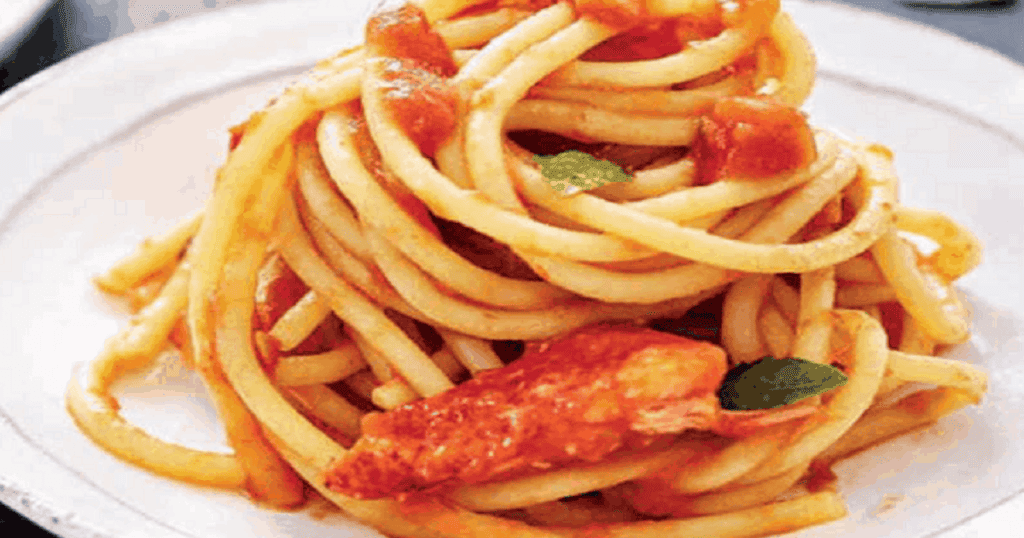Welcome to the art of preserving the essence of Italy in your very own kitchen.’ For lovers of the culinary arts, mastering the craft of fresh homemade pasta marks only the beginning of the gastronomic journey. Yet, the true challenge lies in preserving your pasta’s delicate flavors and perfect texture from creation to consumption. Whether you are preparing in advance for a bustling dinner party or savoring leftovers from a soulful cooking session, our comprehensive guide unveils the meticulous process of storing fresh pasta.
Learn the methods to ensure your noodles maintain their artisanal quality as we reveal how to extend the lifespan of your fresh pasta through refrigeration, freezing, and drying. Embrace the capability to delight in your homemade pasta for days, or even months, after its creation as we dive into the art of pasta preservation.
Refrigerator Storage for Short-Term Use
Refrigerator Storage Pasta Tips
The fridge is your friend When you plan to consume your pasta within a day or two. Refrigerator storage pasta involves placing the freshly made pasta in an airtight container to keep out moisture and other flavors. Fresh egg pasta can be delicate; gentle handling and a chilly environment are vital for preserving its quality.
Vacuum Seal for Enhanced Freshness
The extra step to vacuum seal pasta significantly prolongs its refrigerator shelf life. By removing the air, you can prevent oxidation and moisture changes, which often lead to spoilage or a change in texture and flavor.
Freezing Fresh Pasta for Longevity
Freezer Bag Pasta Method
For those looking to keep their pasta for more than just a few days, freezing fresh pasta is the way to go. You can freeze both pasta dough and cut noodles. When freezing, use a freezer bag or airtight container to prevent freezer burn.
Cooking Frozen Pasta
The convenience of frozen pasta is that you can cook it without thawing. Drop the still-frozen pasta into a pot of rolling boil cooking pasta water, and in no time, you’ll have a dish that tastes like it was made fresh.
Drying Pasta for Pantry Storage
Drying Fresh Pasta at Home
Drying pasta allows for an incredibly longer shelf life pasta, up to six months or more in the pantry. The key is to ensure the pasta is thoroughly dried to prevent mold; you can achieve this by laying it flat or hanging it in a low-humidity environment away from direct sunlight.
Pasta can be a delightful experience well past its creation date if you use these methods of homemade pasta storage. For more detailed instructions, Pasta Evangelists offer an excellent resource with their guide on how to store fresh pasta.
FAQS on Storing Homemade Pasta
How long can you keep homemade pasta in the fridge?
Homemade pasta can last in the fridge for up to two days. For fresh egg pasta storage, consuming it within this timeframe is recommended to enjoy its optimal quality.
Can you cook pasta directly from frozen?
Yes, you can directly cook freezer-storage pasta without thawing. Place the frozen pasta into boiling water and cook for a few minutes until al dente.
What is the best way to dry pasta?
Spread the pasta in a single layer or hang it on a drying rack, ensuring good air circulation. It should dry in 12-24 hours, and the final product should snap when bent, indicating it’s thoroughly dried.
In preserving your homemade pasta, whether through refrigeration, freezing, or drying, you’re extending the culinary joys of your homemade creation. By following these tips, we ensure that every bite of pasta is as fresh and delicious as possible.
To Summarize
Storing fresh pasta to savor its freshness for as long as possible is an exercise in culinary preservation that bridges art with practicality. From the cool embrace of the refrigerator for immediate enjoyment to the profound stillness of the freezer for future feasts and the age-old tradition of drying for an extended pantry shelf life, each method offers its harmony of convenience and taste.
By embracing the detailed techniques outlined in this guide, you ensure that every twirl of the fork is met with the same vibrant flavors and perfect al dente texture as when your pasta first emerged from the kitchen, lovingly crafted. Armed with this knowledge and a passion for pasta perfection, you’re now prepared to extend the life of your homemade culinary masterpieces, ensuring the spirit of ‘Hell’s Kitchen Recipes’ lives on in every bite.
Last Updated on January 20, 2024 by John Siracusa



